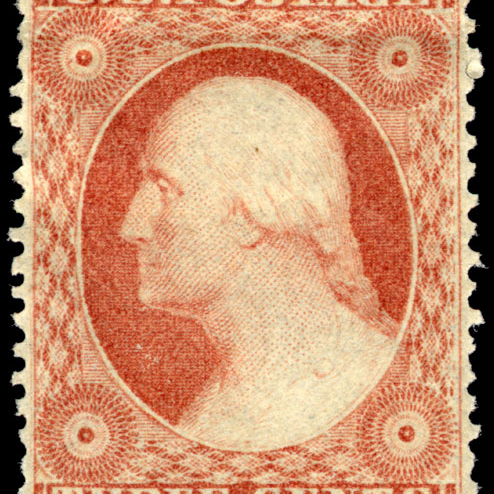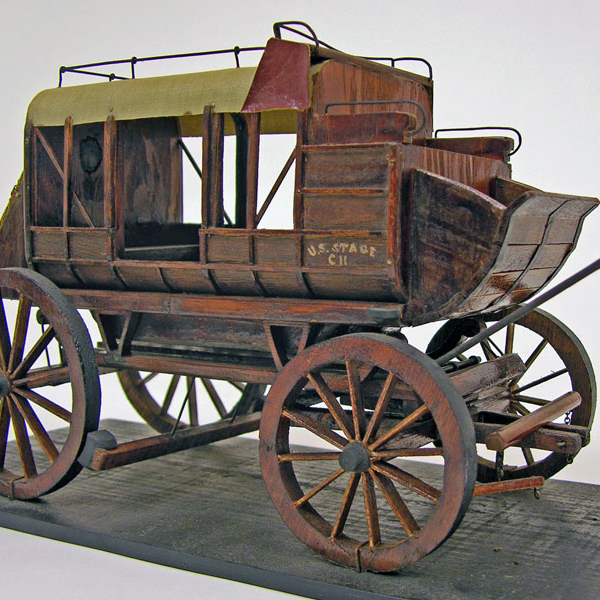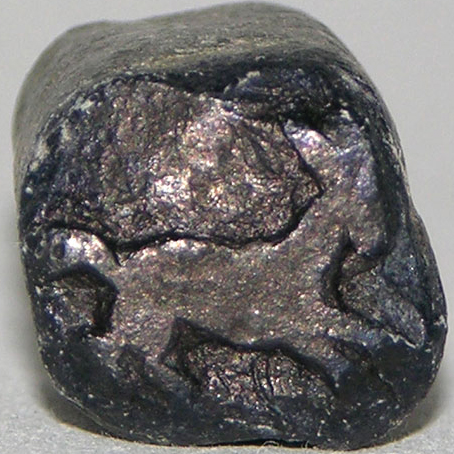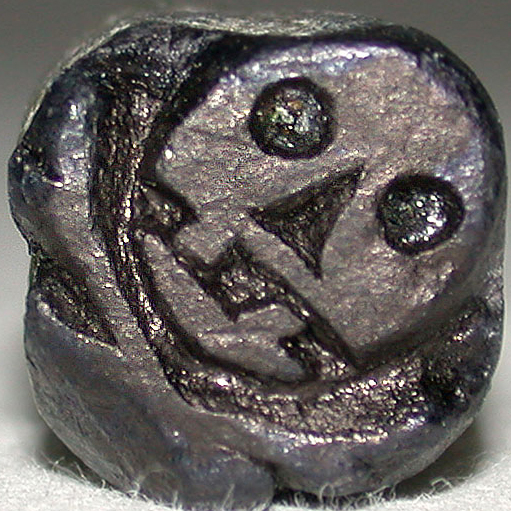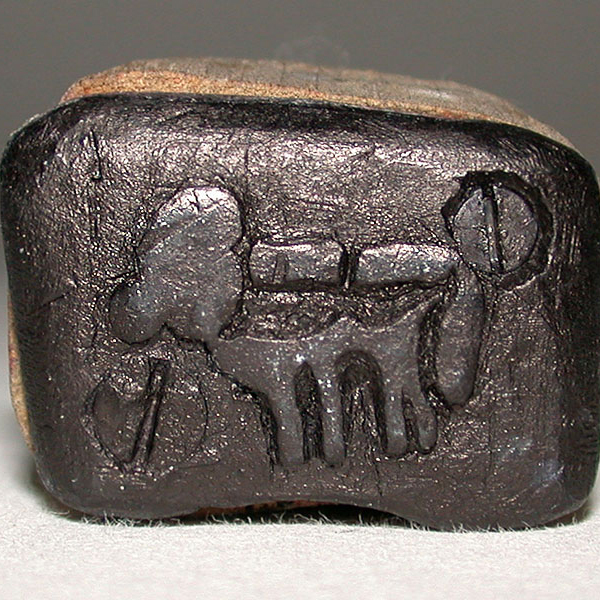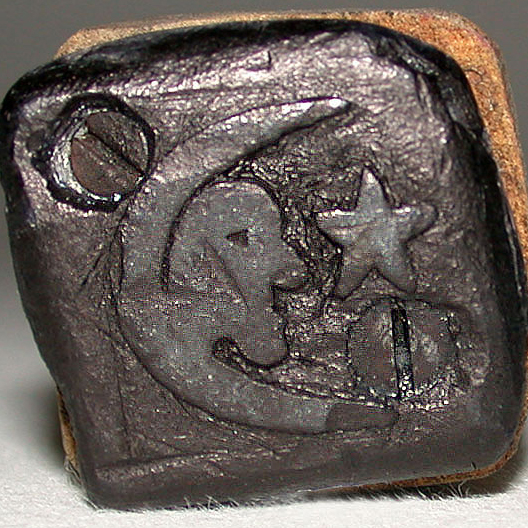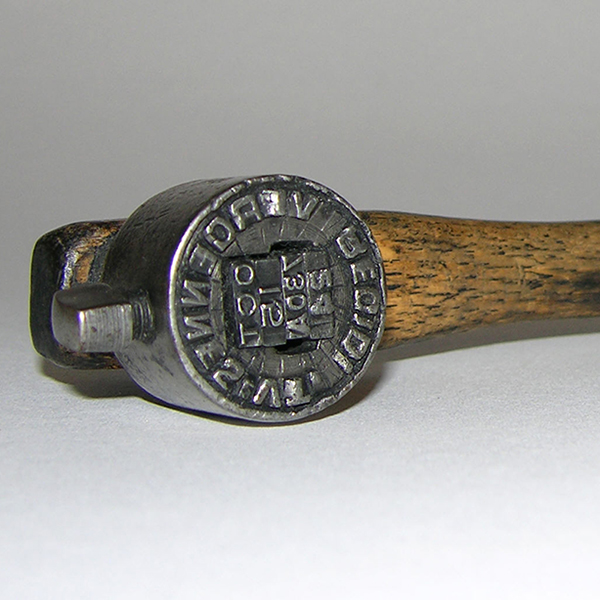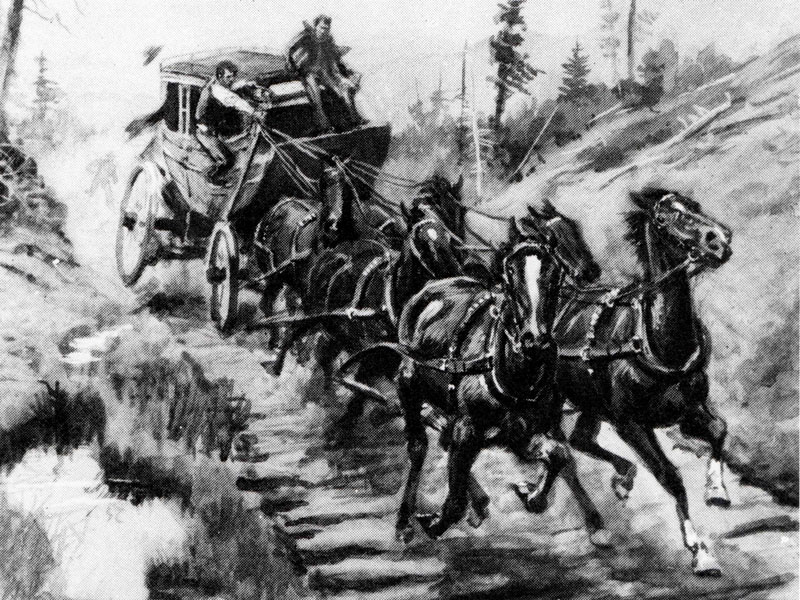
A well-digest cheap-postage is the best means of diffusing intelligence among the people.
—President James K. Polk, 1848
The postal system helped the nation grow. Newspapers and letters linked settlers moving west and the families and communities they left behind. Mail eased the isolation of the frontier.
Immigration and westward expansion pushed the postal service to grow and experiment. More Americans meant more mail, and the mission of the Post Office Department was to reach as many as possible—by horse, wagon, stagecoach, ship, and train.
A Tiny Revolution
In the 1840s and 1850s, lower postage rates and the advent of prepaid postage stamps transformed the mail system in the United States. The price of mailing a letter from coast to coast dropped from 40 cents in 1847 to just 3 cents by 1863.
The postal system helped the nation grow. Newspapers and letters linked settlers moving west and the families and communities they left behind. Mail eased the isolation of the frontier.
Immigration and westward expansion pushed the postal service to grow and experiment. More Americans meant more mail, and the mission of the Post Office Department was to reach as many as possible—by horse, wagon, stagecoach, ship, and train.
“My Dear Son”
From St. Louis, Missouri, to Ft. Yuma, California Territory
Mrs. Ayres takes the letter to the new downtown post office, one of the first constructed west of the Mississippi River.
She buys a 3-cent stamp and applies it to the letter. The postmaster cancels the postage with his handstamp, puts it in a sack with other mail headed west, and sets the sack aside for the mail wagon.
A mail wagon takes the sack to the Pacific Railroad office at the St. Louis depot. The train carrying the sack leaves the depot at 8 a.m. Monday morning.
When the train reaches the end of the tracks in western Missouri, the sack is transferred to a Butterfield stagecoach for a long ride across the West. Why a stagecoach? Trains did not cross the entire U.S. continent until 1869.
Sixteen days and 2,000 miles later, the letter arrives at Fort Yuma. At mail call, Lt. Ayres learns he has a letter and takes it back to his quarters to read the news from home.
